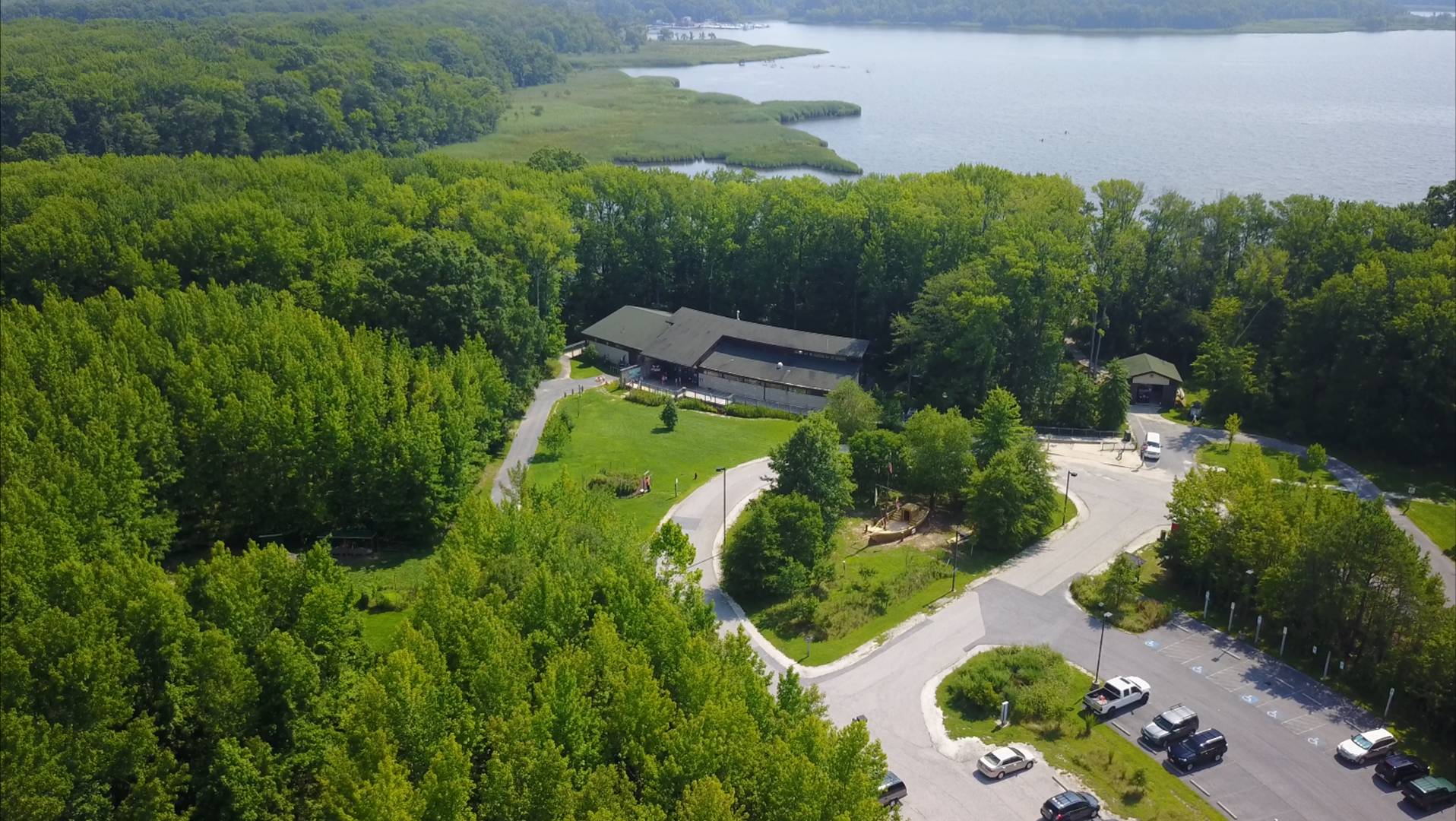The American kestrel may be one of North America’s smallest birds of prey, but they are still formidable predators. About the size of a mourning dove, kestrels are members of the genus Falco that includes merlins and peregrine falcons.
Kestrels prey on grasshoppers, other insects, small rodents, and small birds. They will hunt both meadows and forests—but can be best observed on fence posts, power lines, and utility poles near meadows and farmland. When perched, kestrels often bob their heads and tails and make short flights to catch their prey, which is usually on the ground.
Although kestrels are not considered a threatened or endangered species, some surveys have shown that kestrel populations may have declined by as much as 50% in the last twenty years. Unfortunately, this decline is due to human actions.
As with other birds of prey, kestrels are hit by cars when they hunt along the edges of roads. We accidentally make the roadside an inviting place for birds of prey to hunt when we throw out “biodegradable” garbage, which attracts rodents and other small animals. This, in turn, attracts their predators including kestrels and other birds of prey. The American kestrel now housed at Marshy Point was hit by a car while hunting by a road. You can quietly pay a visit as our kestrel gets used to things at Marshy Point.
The other major threat to kestrels is a loss of nesting places. Kestrels are cavity nesters, meaning that they depend on holes made by woodpeckers—and other natural cavities—to raise their young. As forests are cleared and dead trees are cut down, natural nest cavities become more and more scarce. Fortunately, we can all help by setting up American kestrel nest boxes. For a kestrel nest box plan please, see the following link from the Cornell Lab of Ornithology: http://nestwatch.org/learn/all-about-birdhouses/birds/american-kestrel/

